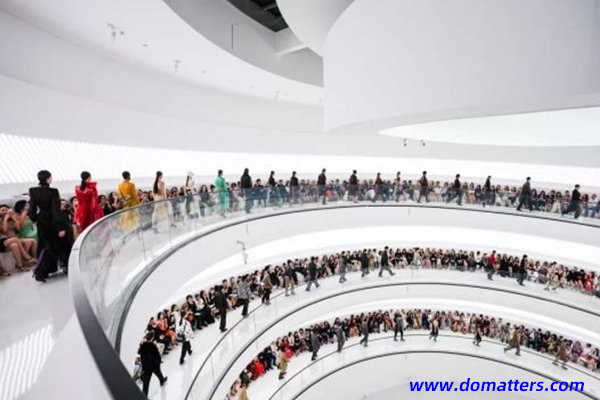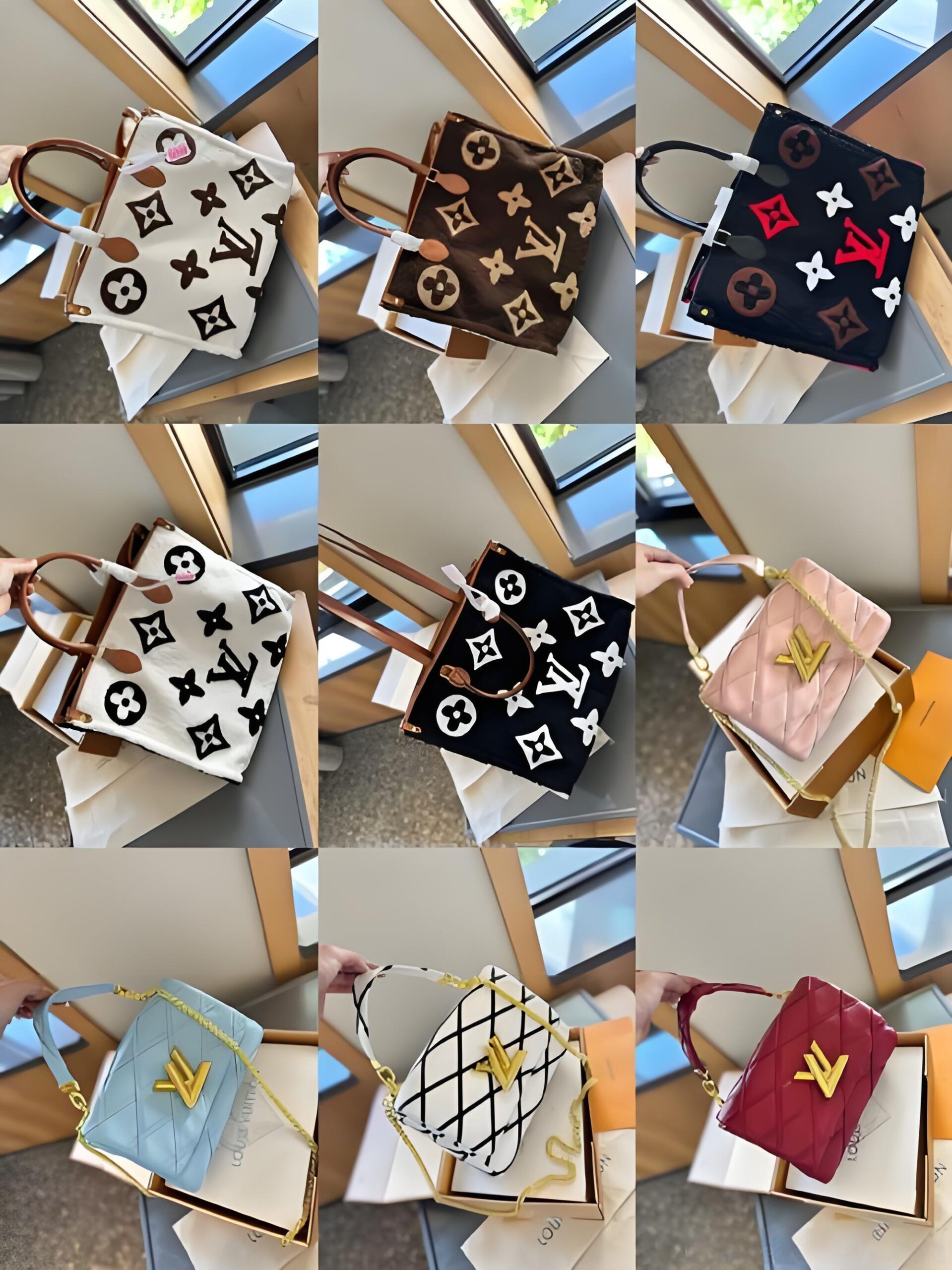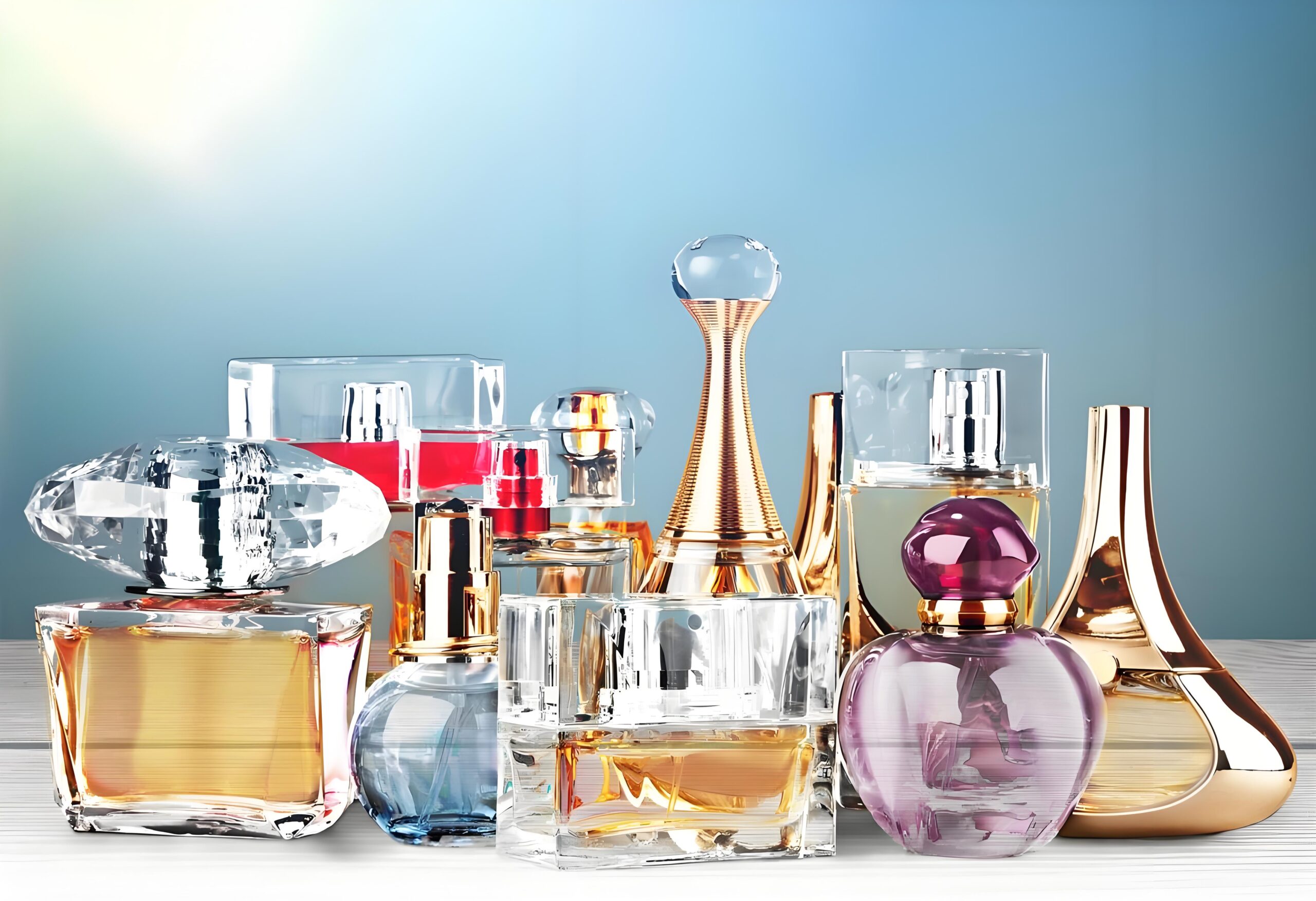By 2024, the compound annual growth rate of Chinese personal luxury market will reach 6%.Chinese consumers will contribute 40% of the sales of the global luxury market and drive 75% growth of the global market.That means that the Chinese market will remain a haven for luxury brands in the future, where success or failure will largely determine their fate.
Chinese millennials generation are the main consumers.Their unique digital behavior drives a qualitative change in the relationship between luxury brands and consumers.Luxury companies must rethink their digital strategic layout.
The rise of millennial consumers has brought new spending habits and paths
The main force of the new generation of luxury consumption is very young, about 58% of them are young people who is 18 to 30 years old, with bachelor’s degree or above, and female consumers account for 71%.More than 50% of consumers live outside Chinese top 15 cities, in second -, third-tier and lower-tier cities.
They are heavily digital and get all kinds of information from their phones 24/7.Each person spends 87 minutes on WeChat or QQ, 45 minutes on tencent mobile game and 75 minutes on other content (such as watching tencent video, watching tencent news and listening to QQ music).
The consumption path of luxury goods is highly digital and fragmented.Millennials are finding more variety in their desire for luxury goods, information gathering, shopping, how they pay and deliver, and after sales activities.They obtain information through various social media and online platforms. Shopping is no longer limited to brick-and-mortar stores, but also comes out in an endless number of ways, such as buying from abroad or finding someone to purchase on their own, online shopping malls, brand public accounts and social media and so on.
With the development of this trend, the battle for luxury consumers is rapidly shifting from offline to online. It is expected to enter the era of luxury digital 2.0 within five years and realize the close combination of online and offline.
Redefine trends in the luxury market
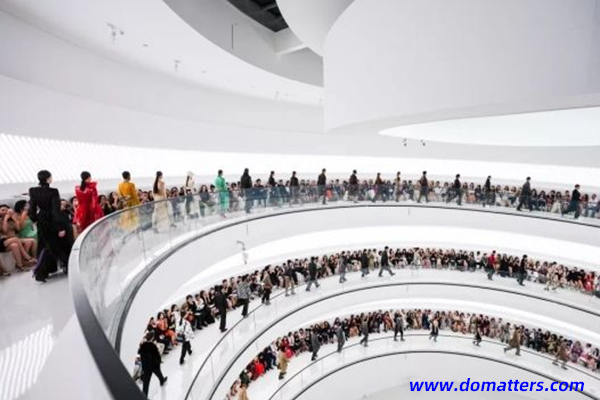
BCG’s report redefines six major market trends in terms of changing consumer groups and patterns:
1. Mobile super apps continue to occupy more than half of the attention of Chinese luxury consumers;
More than 50 percent of luxury consumers’ attention is online, especially when it comes to mobile superapps.Super apps refer to mobile apps with a large number of users, such as WeChat, tencent video, QQ music and so on.
2. KOL (key opinion leader) is an important touchpoint for reaching and influencing luxury consumers;
Fashion KOL(key opinion leader) is an important touch point for luxury consumers.The top 30, web celebrity, attracted an average of 3.2 percent per account.However, it is worth noting that there are a large number of kols with different positioning and content output styles. The target customers of the brand are not necessarily the most popular KOL fans.Luxury brands still need to further analyze which web celebrity can truly exert the influence matching the brand.
3. Brand official account and brand small program become powerful positions to attract and mobilize consumer participation;
Brand public account or brand small program is becoming a powerful front to attract and mobilize consumer participation.The average reading amount of each article published by the official account can reach 20,000 on average, and the number of hits of some excellent luxury public accounts can even exceed 100,000, becoming a fast and effective communication platform.
4. Online research and offline purchase (ROPO) has become the main path of luxury purchase;
Online research and offline purchase (ROPO) has become the most important way to purchase luxury goods.Young luxury shoppers gather information online before buying in stores.Because of the price, the styles in stores and other reasons, 45% of the online information collectors also choose to buy luxury goods abroad.
5. Digital marketing based on urban agglomeration is the key to reach and transform low-line urban consumers;
Digitisation is the key to reaching and transforming lower-line consumers.Consumers in third-tier and lower-tier cities in China bought 16 percent of luxury goods online, far ahead of first-tier cities (8 percent) and second-tier cities (9 percent).At the same time, using the radiation effect of big cities is an effective way to get in touch with such consumer groups.After researching online, 51% of consumers in lower-tier cities choose to buy luxury goods in nearby cities.
6. Platform mode continues to dominate online luxury goods, but social shopping has been rapidly rising in the luxury industry.
The pure online purchasing behavior of e-commerce accounts for about 12% of the purchasing behavior of luxury goods, among which the platform mode still dominates, but social shopping has quietly emerged in the luxury industry of China.Such as Red, Tmall international and so on.The proportion of Chinese consumers buying luxury goods through social media accounts for 11% of total e-commerce purchases, much higher than the 2% in Europe and the United States.
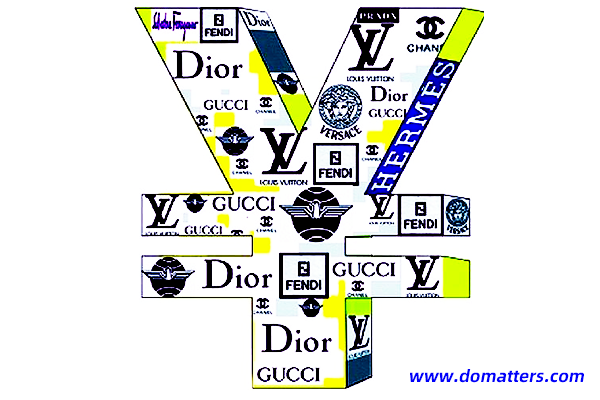
Rebuild digital strategies for communicating with consumers
With the rapid evolution of shopping path of luxury consumers, Chinese digital ecosystem has also been developing innovative digital tools, enabling enterprises in marketing drainage, online and offline transformation, improving experience and other aspects.
Faced with great changes in consumer digital behavior, brand owners need to actively leverage digital means to comply with the new rules of the luxury industry.Customized digital strategy for consumers’ different shopping paths.

